Hi Readers: Its time to review the September Accident/Incidents as reported by NTSB. There were 98 accidents and 2 incidents (7 non-U.S. accidents) of which 36 were fatal accidents accounting for 134 fatalities.
One incident was a Part 121 Air Carrier DC-9 engine fire warning in flight, and the other was a night VFR incident in which the Tower Controller instructed a Part 135 Lear Jet pilot to taxi into position and hold on R19R at Potomac airport in Washington D.C. Runway 19R was actually closed and the runway lights were off. The runway closure was advertised on ATIS and the closure was placed on the ground radar display in the Tower. The Tower Controller then cleared the pilot for takeoff. The FAA classified the incident as an operational error.
The September accidents, particularly the fatal accidents, show a conglomeration of accident types and indicated probable causes. There were 8 takeoff accidents (3 engine failures, 5 stalls or failure to clear trees and terrain); 9 loss of control and/or maneuvering at low altitude, including spin-ins; a collision of 2 airplanes, and a loss of control of one airplane, during the Reno, Nevada Air Races; one inflight collision with mountains; one flying into a thunderstorm and a crash shedding airplane parts; one formation-demonstration crash; 3 unknowns; one helicopter tail boom and rotor failure inflight; one where the passenger walked into the main rotor; and the accident involving Steve Fossett (never found). There was one GPS approach accident - a second attempt in a 100 ft overcast, with 1/4 mile visibility, and a zero temperature-dewpoint spread, resulting in 3 fatalities.
One fatality, and one serious injury, U.S. Customs accident, practising touch-an-go maneuvers, attempting a full-flap, short field landing, involved dropping the airplane in to the runway (10-12 ft.) and a bounce airborne, then a drift to the right of the runway centerline. The pilot applied power, resulting in a 30 to 40 ft pitchup and stall, further resulting in impact with terrain in a nose-low attitude and following fire. ( A typical example of how not to land an airplane)
One accident indicated an overload of the airplane on takeoff, resulting in 5 fatalities.
In general, we must conclude that the sum total of the accidents reflect carelessness, failure to follow the rules, poor decisions, and poor judgment. These accidents show deviation from safety of flight, and the type of accidents we would like to prevent. Also, unfortuneately, the type of accidents most likely to result in fatalities.
The poor judgment accidents continue for lack of knowledge and training. The poor planning and poor decision accidents we can correct, particularly those accidents involving X-C flight and weather. The carelessness and recklessness - Pilots must follow the rules.
We can attack the safety aspects of flying by separations, such as: 1. Local and X-C flight; 2. Pilot experience - flight hours, certificates, and proficiency issues; 3. Pilot - aircraft type certification; 4. VFR - IFR flying; 5.Rules and Regulations; 6. Aeronautical knowledge.
Supposedly we are doing this now - so what are we doing wrong?
Thanks for listening. R.S.
Sunday, October 14, 2007
September 2007 Aircraft Accidents/Incidents
Subscribe to:
Post Comments (Atom)

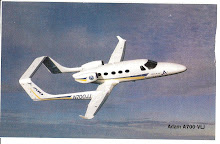

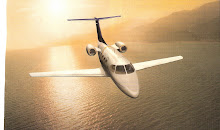


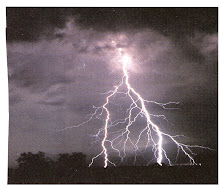

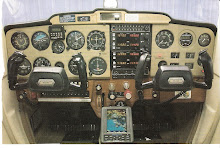
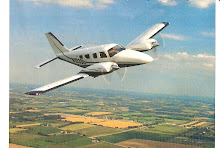
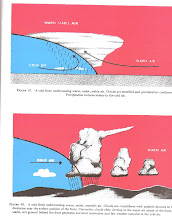
No comments:
Post a Comment